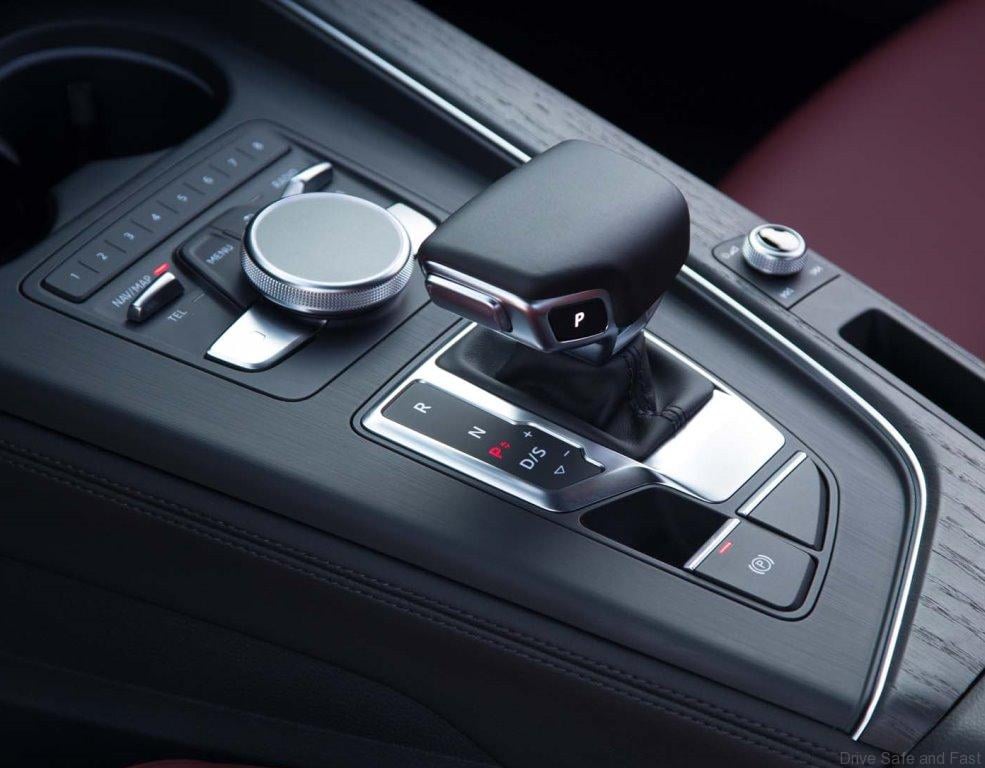The Fade-Out Of Vehicle Reviews: A Shift In The Automotive Landscape
The Fade-Out of Vehicle Reviews: A Shift in the Automotive Landscape
The Fade-Out of Vehicle Reviews: A Shift in the Automotive Landscape

The automotive landscape is constantly evolving, and so are the ways in which we consume information about vehicles. In the past, traditional vehicle reviews, often found in print magazines or on dedicated websites, dominated the information flow. These reviews, typically written by experienced automotive journalists, provided detailed insights into a car’s performance, handling, comfort, and overall value. However, a subtle shift is underway, with the rise of new media platforms and a changing consumer landscape, leading to a gradual fade-out of traditional vehicle reviews.
The Rise of Digital and Social Media:
The internet has revolutionized the way we access information, and the automotive industry is no exception. Websites like Edmunds, Kelley Blue Book, and Car and Driver remain popular, but they now face competition from a plethora of online resources. YouTube channels dedicated to car reviews, like Doug DeMuro, The Smoking Tire, and Carfection, have gained immense popularity, attracting millions of subscribers with their engaging content and diverse perspectives.
Social media platforms like Instagram, TikTok, and Facebook have also become significant players in the automotive review space. Short-form video reviews, user-generated content, and influencer collaborations have created a new dynamic where consumers are not just passive recipients of information but active participants in the discussion.
Shifting Consumer Preferences:
The rise of digital media has coincided with a change in consumer behavior. Millennials and Gen Z, the largest generations currently entering the automotive market, are less interested in traditional print media and more reliant on online sources for information. They value authenticity, transparency, and a personalized experience, which traditional reviews often struggle to provide.
Furthermore, consumers are increasingly seeking reviews that focus on their specific needs and preferences. Rather than a generic assessment of a car’s performance, they want to know how it performs in real-world scenarios, how it compares to competing models, and how it fits into their lifestyle.
The Impact of Influencer Marketing:
The rise of influencer marketing has further complicated the traditional vehicle review landscape. Automotive influencers, often with a large following on social media, can exert significant influence on consumer purchasing decisions. They often receive vehicles from manufacturers for review, blurring the lines between objective assessment and promotional content.
While influencer marketing can provide valuable insights and perspectives, it also raises concerns about bias and authenticity. Consumers need to be aware of the potential influence of sponsorships and brand partnerships when evaluating influencer reviews.

The Future of Vehicle Reviews:
The fade-out of traditional vehicle reviews does not necessarily signal their demise. Instead, it indicates a shift in the way we consume automotive information. Traditional reviews will likely continue to exist, but they will need to adapt to the changing landscape. This means embracing new formats, engaging with online communities, and focusing on providing valuable content that resonates with a diverse audience.
- Fade Haircut: A Guide To The Modern Men’s Hairstyle
- The Ultimate Guide To Beard Grooming For Men: From Stubble To Stately
- The Mid Fade: A Haircut For The Modern Man
- From Stubble To Statement: The Rise Of The New Beard Style In Vehicle Reviews
- The Fade Haircut: A Review Of The Style’s Evolution, Trends, And Versatility
New Approaches to Vehicle Reviews:
To remain relevant, vehicle reviews need to embrace new approaches that address the evolving needs of consumers. Here are some potential trends:
- Personalized Reviews: Focusing on specific needs and preferences, such as family-oriented vehicles, off-road capabilities, or fuel efficiency, can provide a more targeted and relevant experience.
- Interactive Reviews: Utilizing interactive elements, such as polls, quizzes, and user-generated content, can create a more engaging and participatory experience.
- Livestream Reviews: Offering live reviews of vehicles, including test drives and Q&A sessions, can provide a more immediate and authentic experience.
- Virtual Reality Reviews: Immersive VR experiences can allow consumers to virtually experience a vehicle, providing a more realistic and engaging preview.

The Role of Transparency and Trust:
As the automotive review landscape evolves, maintaining transparency and trust is crucial. Consumers need to be aware of potential biases, sponsorships, and conflicts of interest. Reviewers should clearly disclose any affiliations or relationships that could influence their opinions.
Conclusion:
The fade-out of traditional vehicle reviews is a natural evolution in the automotive landscape. The rise of digital and social media, shifting consumer preferences, and the influence of influencer marketing have created a new dynamic where consumers are more active and engaged in the information-gathering process.
To remain relevant, vehicle reviews need to adapt to this changing landscape, embracing new formats, focusing on personalization, and prioritizing transparency and trust. The future of vehicle reviews lies in providing valuable content that resonates with a diverse audience and empowers consumers to make informed decisions.
- Fade Haircut: A Guide To The Modern Men’s Hairstyle
- The Ultimate Guide To Beard Grooming For Men: From Stubble To Stately
- The Mid Fade: A Haircut For The Modern Man
- From Stubble To Statement: The Rise Of The New Beard Style In Vehicle Reviews
- The Fade Haircut: A Review Of The Style’s Evolution, Trends, And Versatility
sure
Thus, we hope this article has provided valuable insights into The Fade-Out of Vehicle Reviews: A Shift in the Automotive Landscape. We appreciate your attention to our article. See you in our next article!
Posting Komentar untuk "The Fade-Out Of Vehicle Reviews: A Shift In The Automotive Landscape"